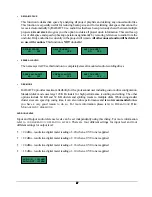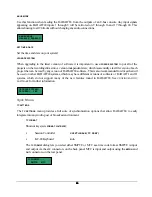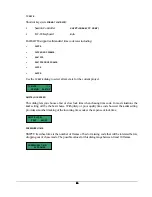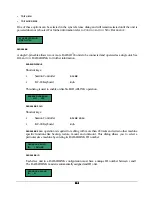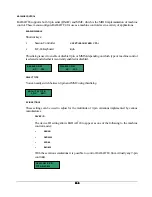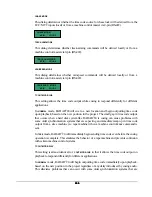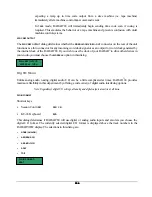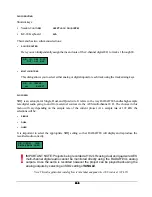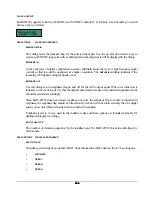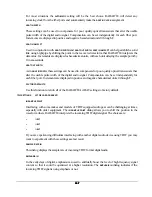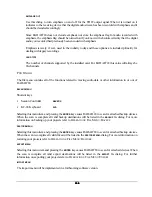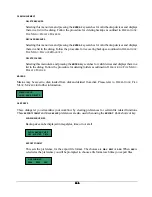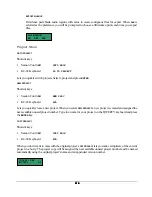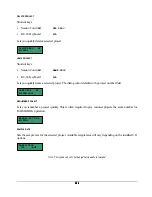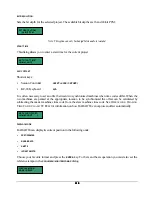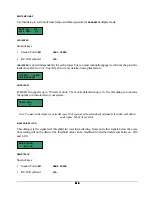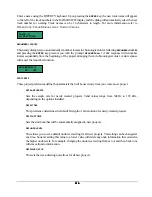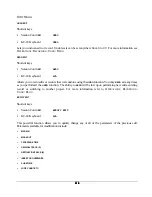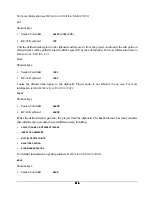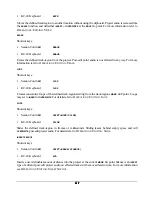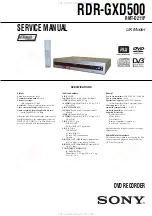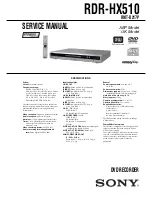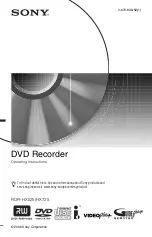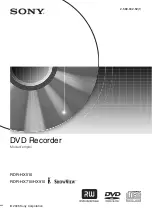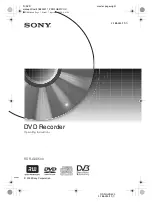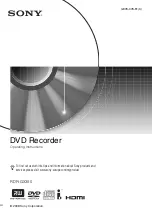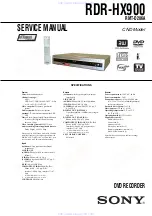
103
103
103
103
CHASE
MODE
This dialog determines whether the time code source for chase lock will be derived from the
LTC/MTC inputs (local) or from a machine control master via 9-pin (RS-422).
TRACK
ARM
MODE
This dialog determines whether track-arming commands will be derived locally or from a
machine control master via 9-pin (RS-422).
VARISPEED
MODE
This dialog determines whether vari-speed commands will be derived locally or from a
machine control master via 9-pin (RS-422).
TC
OUT
MODE-CUE
This setting allows the time code output while cueing to respond differently for different
applications.
In
NORMAL
mode, RADAR
24 will cue to a new location and begin outputting time code
upon playback, based on the new position in the project. The small gap in time code output
that occurs when a hard disk system like RADAR
24 is cueing can cause problems with
some older synchronization systems that are expecting an immediate ramp up in time code
output from a slave machine (i.e. tape machine) when a machine control
PLAY
command is
sent.
In
TAPE
mode, RADAR
24 will immediately begin sending time code even before the cueing
operation is complete. This emulates the behavior of a tape machine and prevents confusion
with certain machine control systems.
TC
OUT
MODE-PLAY
This setting is almost identical to
TC OUT MODE-CUE
in that it allows the time code output on
playback to respond differently for different applications.
In
NORMAL
mode, RADAR
24 will begin outputting time code immediately upon playback,
based on the new position in the project regardless of any delay introduced by cueing audio.
This alleviates problems that can occur with some older synchronization systems that are
CHASE MODE:
9-PIN LOCAL
TRACK ARM MODE:
9-PIN LOCAL
VARISPEED MODE:
9-PIN LOCAL









